Sheeps Fescue Grass Seed

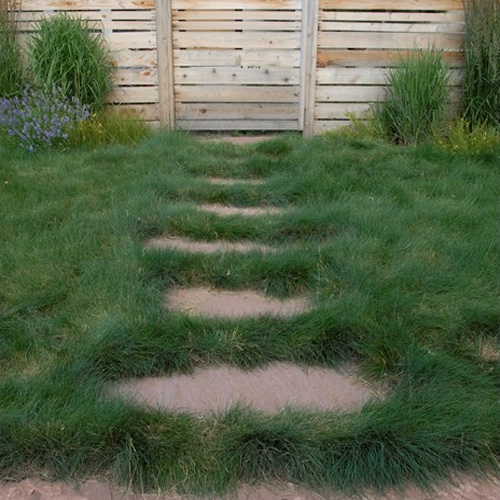
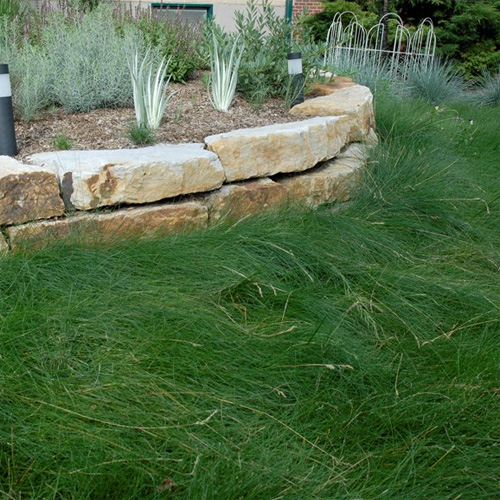
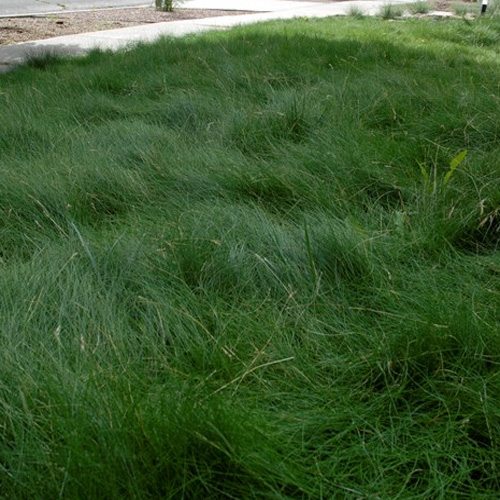
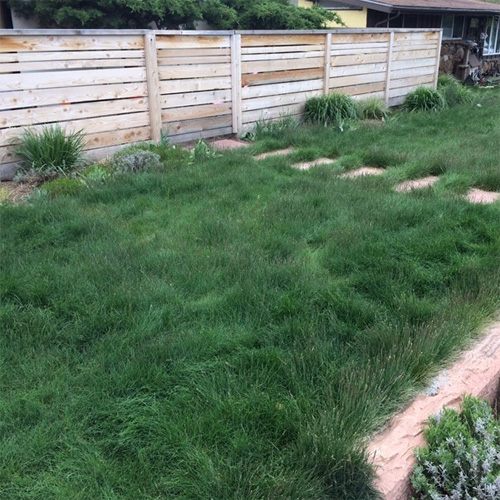
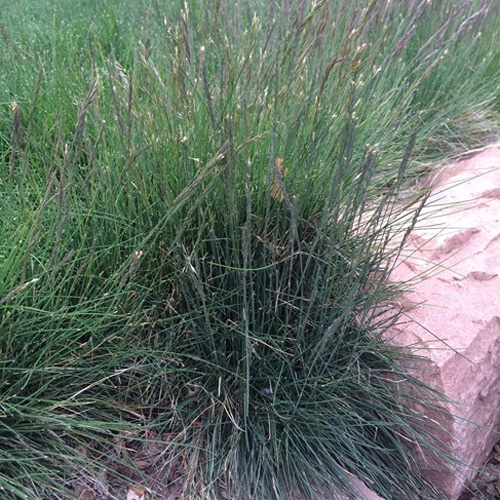

Sheep's fescue is a drought-resistant bunchgrass, somewhat hardier than any of the other fine-leaved fescues. Like hard fescue, this species does not produce much usable forage, but provides excellent ground cover. It is often called Blue Sheep fescue or Blue Sheep's fescue due to its bluish-green colored grass blades. It is somewhat slow to establish; however, once established it is very persistent, winter-hardy, and drought-tolerant.
Blue sheep fescue grass is a short (dwarf type), semi-erect bunch-grass that forms dense tufts with numerous, stiff, rather sharp, bluish-green leaves. Its overall stature is very similar to hard fescue, but somewhat shorter. It is a fine fescue grass that is low growing. Sheep's fescue grass seed is a great choice for naturalized areas, and it can be mixed with wildflower seeds and will not dominate. It can be used as a grass seed for shade as well.
Adaptation
Blue sheep fescue is adapted to a wide range of soil conditions in areas of 12 inches or more annual precipitation. It is adapted to about the same climate as bluegrass, and can be grown in most northern, agricultural areas. It succeeds better than most grasses on sandy or gravelly soils. Sheep fescue grass tolerates shade and moderate acidity, making it best adapted to forests and foothills of the intermountain region. This species is best adapted for critical area stabilization, e.g., road cuts and fills, pipelines, forest clearcuts and turf. Sheep's fescue grass seed is recommended for controlling soil erosion in areas having an annual rainfall of 10-17 inches. It is well adapted for roadbanks, in terraces or diversions, as dryland turf, in waterways, on steep slopes planned for permanent cover, and other critical areas subject to erosion. It is not intended for livestock grazing although it is palatable. Blue sheep's fescue is resistant to common turf diseases. No insects have adversely affected it to date.
Planting
Blue sheep fescue may be seeded in the early fall to mid fall depending on your climate. It should be planted 8 weeks before frost so use that as your guide for planting time in the fall or plant in the spring when frost season is over and soil temperatures are warming up. Early fall seeding is preferred in the low rainfall areas. Do not cover the grass seed with more than 1/4 inch of soil, on a firm seedbed.
Seeding Rate & Planting Time
- New turf: Sow 4 - 5 pounds sheep's fescue grass seed per 1,000 square feet or 160 - 200 lbs/acre for broadcast seeding
- Over-seeding: Sow 2 - 2 1/2 pounds blue sheep fescue grass seed per 1,000 square feet or 80 - 100 lbs /acre for broadcast over-seeding
- Plant fine fescue lawn seed when soil temperature reaches 55 degrees in spring up until a minimum of 8 weeks before frost in fall































